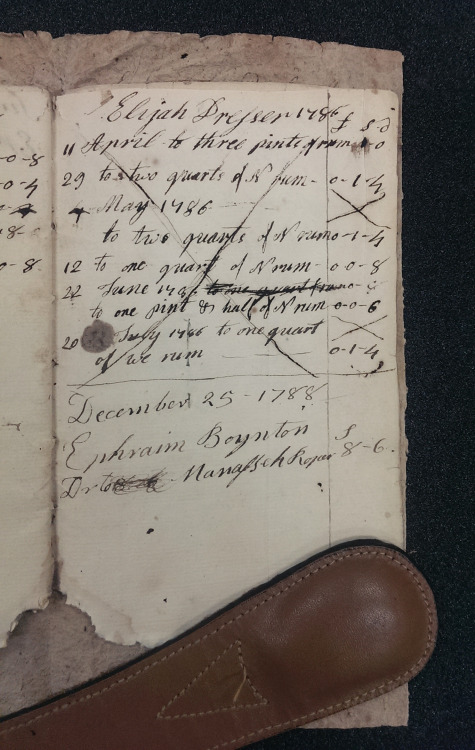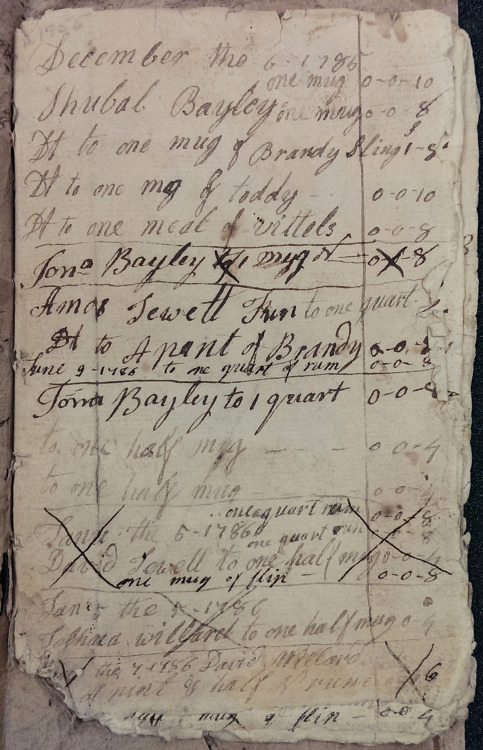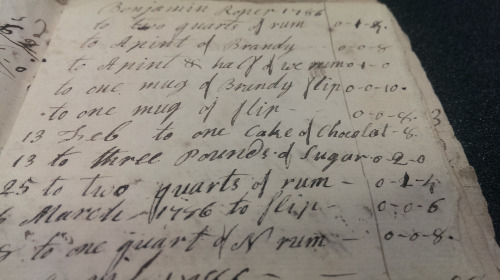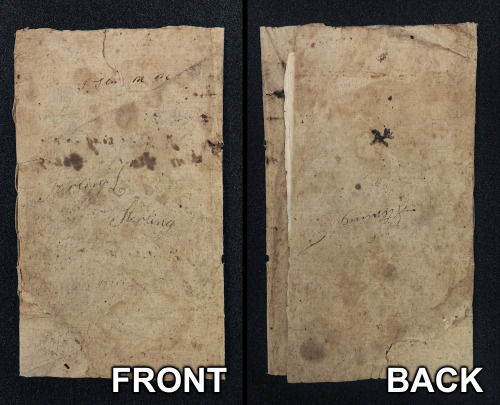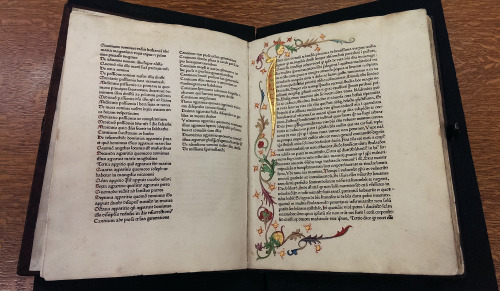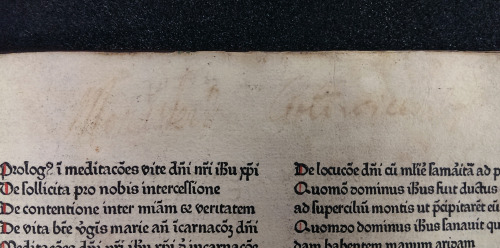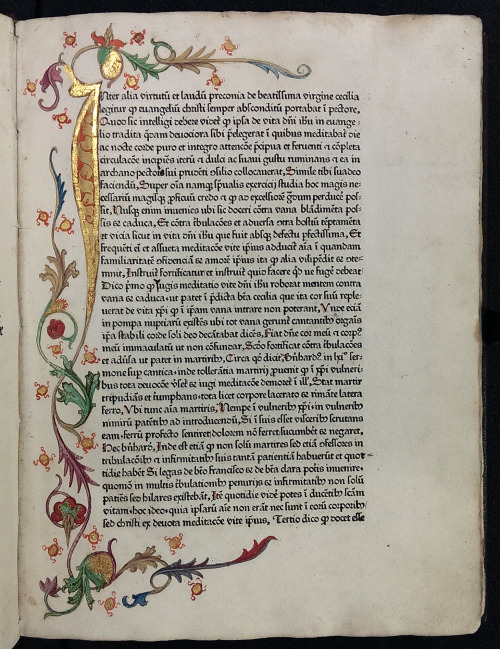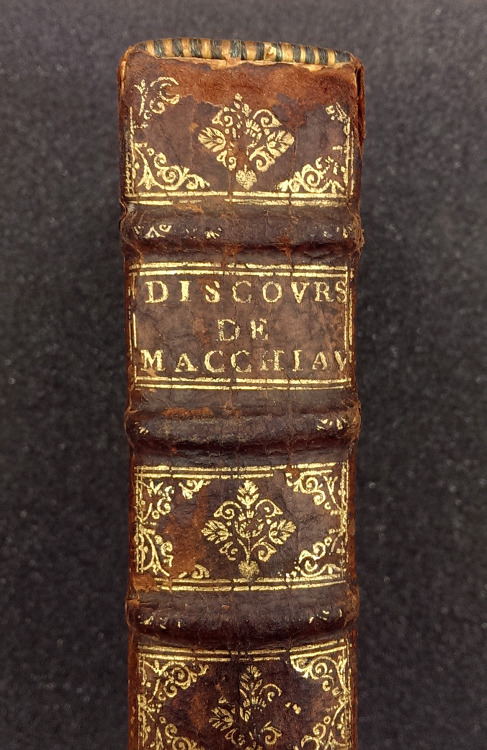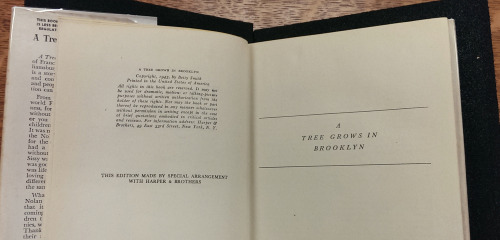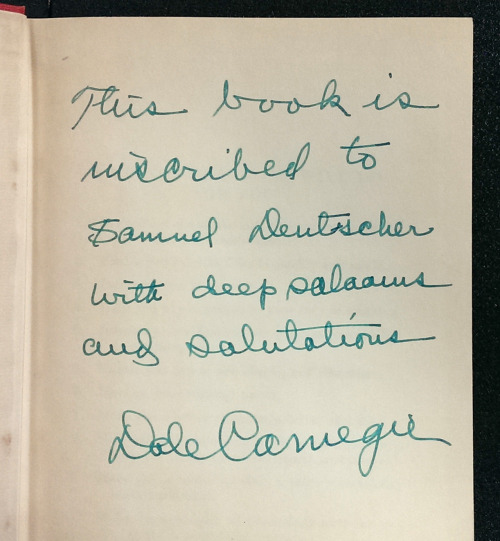#new acquisitions
If you’re in the habit of reading descriptions of old books—and why wouldn’t you be?—you’ve likely come across something described as bound in period style or in a sympathetic binding. This typically means the book was rebound relatively recently, but rebound in a style consistent with the time period of the book’s original publication.
For example, our first edition of the Meditationes Vitae Christi (Meditations on the Life of Christ) was rebound in such a way. You can read more about this work—a recent acquistion—here.
And shortly after the Meditations arrived, we received the first printed Greek edition of Aristotle (it was a very good summer), which underscored just how well done this period-style binding was. Although the books were likely bound about 400 years apart—the Aristotle around 1500 and the Meditations around 1900—the styles are strikingly similar. The combination of borders built up from different tools, surrounding a central diaper pattern, was a familiar style when both were published. The Aristotle binding is almost certainly German, so it’s no surprise that the binding of the Meditations, which was printed in Augsburg in 1468, emulates a 15th-century German style.
Of all the similarities, what most caught our eyes was a particular tool used to decorate the boards. While obviously similar, small differences distinguish them. The Aristotle version, for example, has four tiny dots following Maria, while the Meditations version has no dots; a double border surrounds the Aristotle tool—thick on the outside, thin on the inside—while the Meditations tool has a single border; the Aristotle tool measures over 3 cm from end to end, while the Meditations tool measures just under 3 cm. The sheer volume of such tiny differences among tools is staggering. The Einbanddatenbank, a database of 15th- and 16th-century finishing tools used on German bindings, records more than 600 versions of the Mariatool.
How do we know the Meditations binding isn’t original? There are a number of clues, the general as-new appearance being a big one, but subtler evidence is there. The spine edges of wooden boards were commonly beveled in the late 15th century, but they aren’t here. Spines were seldom decorated at this time, yet the binder of the Meditations couldn’t help but to add some restrained decoration. Could these features be found on bindings from the late 15th century? Sure. But the accumulated weight of the evidence favors something done later in period style.
Make no mistake, the Meditations binder was good. Even the endpapers are period-appropriate leaves removed from an old book. This binding was absolutely the product of a skilled craftsperson with a thorough understanding of period styles—and perhaps the product of a binder with the skill and patience to make their own finishing tools.
~Pat
Post link
Picture the scene: A bustling New England tavern, December 1785. Two patrons sit at the bar, swapping war stories and discussing nascent U.S. political philosophy over mugs of… of what, exactly?
MSU Special Collections recently acquired an early American tavern keeper’s account book that can help answer that question—recording what American revolutionaries and their contemporaries were drinking (and eating) over two centuries ago.
Dating from December 1785 through 1788, this tavern keeper’s logbook tracks the sale of brandy, rum, flips, slings, toddies and other contemporary beverages, illustrating the drinking habits of 18th century New Englanders. There are some entries for meals, and for sales of salt, sugar, and other commodities (as well as “one cake of chocolate”), but unsurprisingly the most popular fare was liquid in nature.
While the barkeep’s name remains anonymous, it is easy enough to trace the ledger to Sterling, Massachusetts—the town’s name is written several times across the tattered paper covers, and a number of personal names penned in the book can be found in Sterling’s early town records.
This manuscript account book is in amazingly good shape considering its age (231 years old) and heavy use, and it gives us a rare insight into the types of transactions that must have been commonplace at shops and taverns of the period. So join us in raising a mug of brandy flip (or a slice of chocolate cake, if you prefer) in honor of our recent acquisition!
http://catalog.lib.msu.edu/record=b11889851~S39a
~Andrew
Post link
One way to measure the popularity of a given text is to count the number of times it’s been published. For example, the immense popularity of The Imitation of Christ, which went through 78 editions in the 15th century, has been said to trail only the popularity of the bible itself as a devotional text. Compare these to 15 editions of Dante’s Divine Comedy in the 15th century and one can begin to appreciate just how popular Christian devotional literature once was. As it happens, MSU has one of just eight known copies of a rare 1495 editionofThe Imitation of Christ.
Not far behind the popularity of The Imitation of Christ, with at least 65 editions appearing in the 15th century, is the Meditations on the Life of Christ. MSU is very fortunate to have recently acquired the first printed edition of the Meditations—the very first of those many editions to appear in the 15th century (pictured above). Published in 1468, this edition has the distinction of being the first dated book printed in the city of Augsburg—and this at a time when fewer than a dozen cities in all of Europe had the technology to print books. This first appearance in print is a fine complement to our medieval manuscript of the text, and it also claims the honor of being one of the three oldest printed books to reside in Michigan.
On the front paste-down of our Meditations, afloat in a sea of booksellers’ annotations, is the bookplate of Hieronymus Baumgartner (1498-1565), a powerful advocate of the Protestant Reformation. Baumgartner enrolled at the University of Wittenberg in 1518, the very town in which just a year earlier Martin Luther allegedly nailed his Ninety-five Theses to a church door. In Wittenberg, Baumgartner befriended prominent reformers Philipp Melanchthon, Georg Major, and Joachim Camerarius, and he later helped found the Melanchthon Gymnasium in his hometown of Nuremberg in 1526. Baumgartner was an accomplished statesman, to be sure, but we’re particularly pleased because his bookplate, as far as we can tell, is the oldest bookplate in MSU’s collection.
~Pat
This Provenance Project guest post was written by Patrick Olson, Rare Books Librarian at Michigan State University Special Collections.
Post link
In preparing for the purchase of another title by the Italian Renaissance philosopher, Niccolo Machiavelli, I found this sixteenth century rebuttal of the principles of Machiavelli by the French jurist Gentillet.
In his book, Discours sur les moyens de bien gouverner, Gentillet analyzes the character of a ruler, rights of parliament, and capacity of councilors among other traits of good statecraft. It is landmark book and quite uncommon, but what struck my eye immediately was the term “CONTREMACH:” boldly written on the top of the text block. At first glance I thought an owner of the book used the term for shelving purposes, but why write such an aid on the top of the text block where it is not readily seen? And more importantly, what does “contremach” mean?
After showing this to Andrew Lundeen, founder of the MSU Provenance Project, he quickly determined that the term “contremach” is really an abbreviated reference to the title (or shorthand name) of the work and was likely used for shelving purposes. That is to say, CONTREMACH:orCONTRE MACH: stands for “Contre [Against] Mach[iavelli].”
~Peter
This Provenance Project guest post was written by Peter Berg, Head of Special Collections and Associate Director for Special Collections & Preservation at Michigan State University.
——————–
Andrew’s note: This fascinating little volume illustrates a couple of interesting facts about working with old books. Firstly, we should never assume that a work only went by one title, or even that the full printed title of a book was the preferred nomenclature. Formal titles were often absurdly long-winded, and so abbreviated titles or referential names were frequently used in their place. This particular copy of Gentillet’s work, for example, bears three different names on the item itself: “Discours sur les moyens [etc.]…” on the printed title page, “Discours de Macchiav[elli]” on the spine, and “Contremach” or “Contre Mach” on the top edge of the text block (the abbreviation is taken from a portion of the work’s subtitle: “ContreNicolasMachiauel Florentin”).
This confusion about how to “properly” refer to the work can be seen in the various names of reprints and later editions as well. Here at MSU we have several versions of this work cataloged under different titles:
Discovrs svr les moyens [etc.]… — With the name copied directly from the title page of this 1579 printing (inc. the archaic use of “V”s for “U”s)
Discours contre Machiavel — The title of this 1974 updated edition
And finally, Anti-Machiavel — A 1968 printing that uses a historically common shorthand title for the work, one very similar to our CONTREMACH edgemarkSecondly, the placement of our CONTREMACH title indicates that this book may not have always been shelved in the way most modern readers and library-goers are familiar with—upright with its spine facing outward. The use of edge-marks such as this, as well as historical depictions of book collections in art, show that books were often stacked on top of one another with the edges of their text blocks visible.
And just because it’s relevant, I’m going to piggyback off this post to share a recent acquisition for MSU Special Collections: A 17th century edition of Machiavelli, backdated to circumvent Church censorship. From the bookseller’s description:
“As Machiavelli’s works were placed on the Pope’s Index librorum prohibitorum in 1559, later issuing of his works use a false date as an imprint (as in 1550, the original date of publication) to avoid censorship.”
Pretty cool stuff!
http://catalog.lib.msu.edu/record=b11870408~S23a
~Andrew
Post link
As part of our initiative to collect the first or earliest possible edition of books cited in the Library of Congress “Books That Shaped America” list, we recently acquired two books on the list that are worthy of recognition in our Provenance Project.
One acquisition is a first edition of A Tree Grows in Brooklyn, which features the autograph of the author, Betty Smith, while the second book is a later printing of a first edition of How to Win Friends and Influence People. In it, the author Dale Carnegie provides a lengthy inscription on the front endpaper:
This book is inscribed to Samuel Deutscher with deep salaams and salutations
Dale Carnegie
The book—which is considered the grand-daddy of all self-help books—sold over 15 million copies, and while we’re confident that our readers are already enthusiastic book lovers, perhaps we’ll study Carnegie’s principles to make our audience feel even more “important and appreciated.”
~Peter
This Provenance Project guest post was written by Peter Berg, Head of Special Collections and Associate Director for Special Collections & Preservation at Michigan State University. Dr. Berg received his undergraduate degree in History from MSU in 1969, his Library Science degree from the University of Michigan in 1975, and his doctorate in History from MSU in 1994.
Post link






